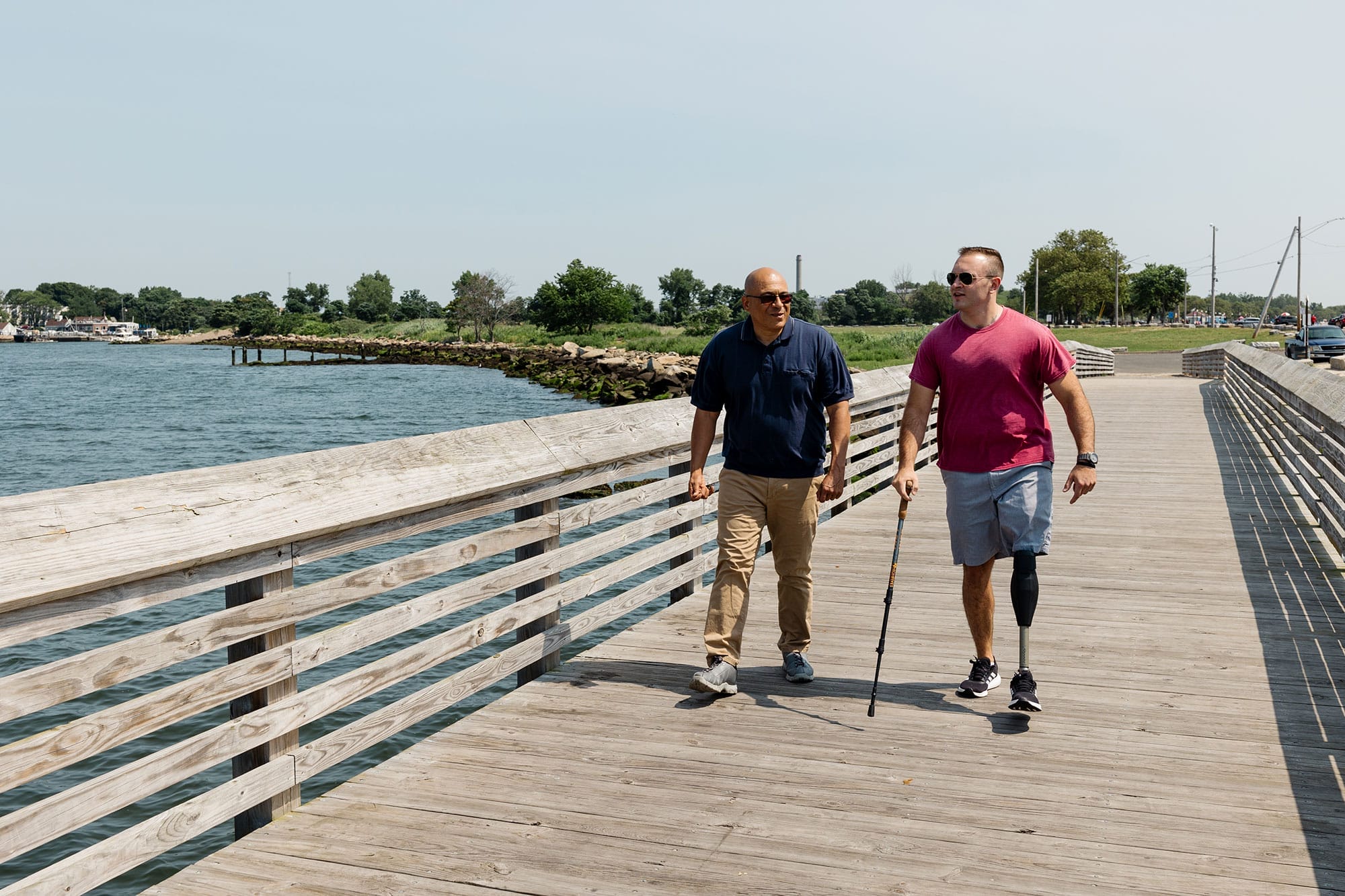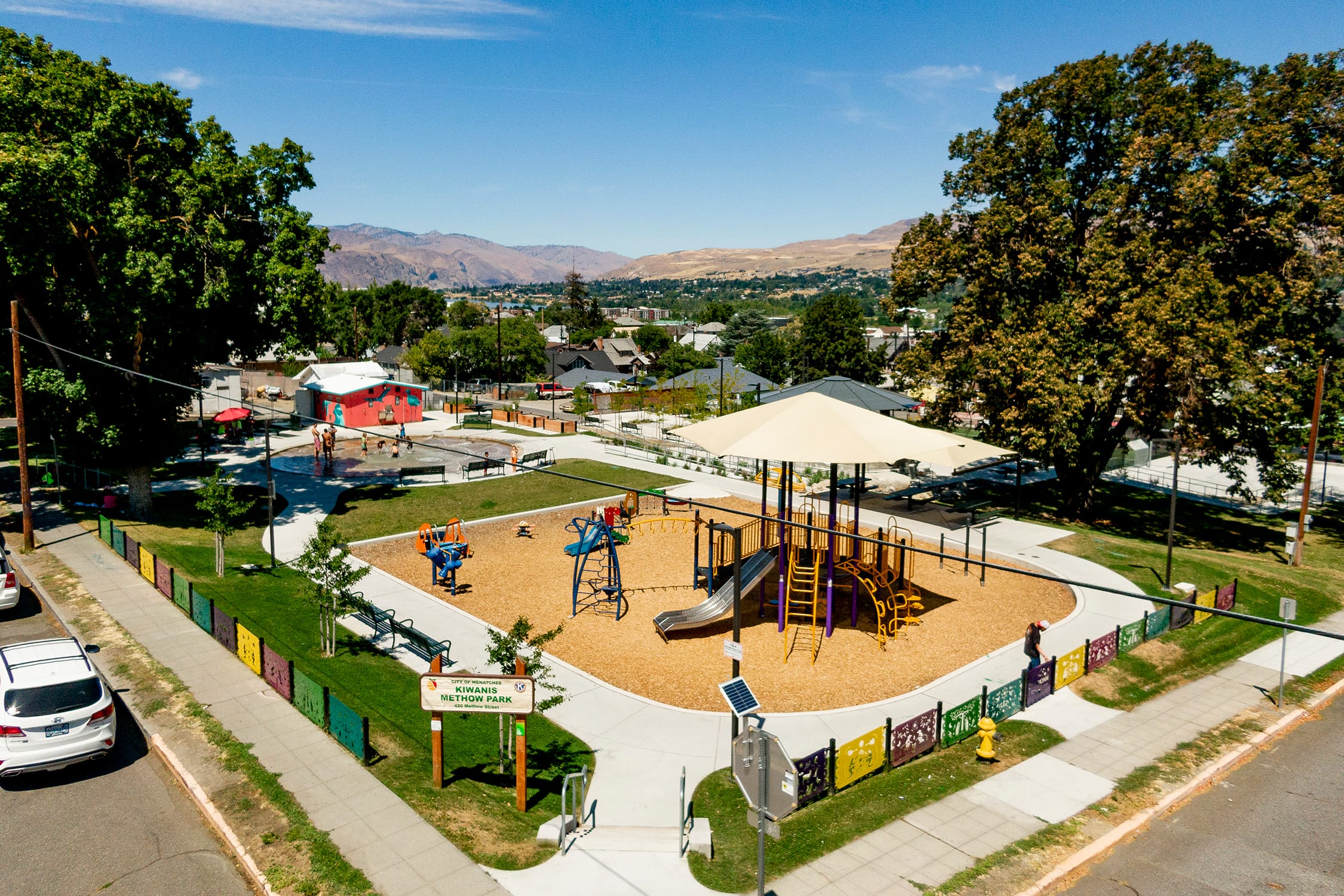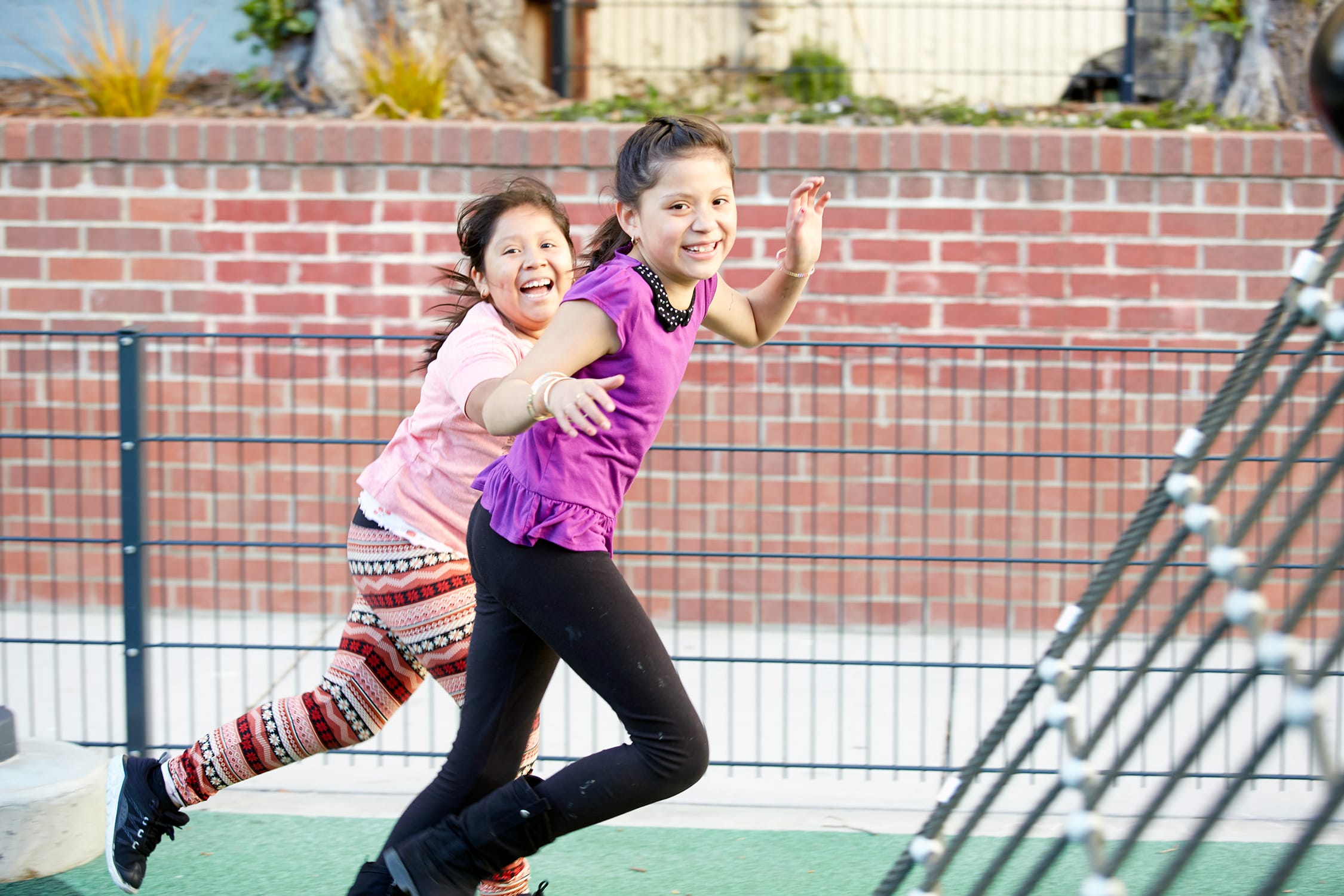
Park advocates and the outdoor industry are teaming up for public lands
Park advocates and the outdoor industry are teaming up for public lands
This week, a team of intrepid Trust for Public Land volunteers are making the case for parks and conservation with lawmakers in Washington, DC. For our annual Day on the Hill, over a hundred outdoor advocates from all across the country are meeting with their senators and representatives to educate elected officials about the health, equity, and climate benefits of our shared lands, trails, parks, and schoolyards. They’ll also be urging lawmakers to support the Parks, Jobs, and Equity Act—a bipartisan bill that would provide $500 million in emergency funding for close-to-home parks.
[Read more: Coalition of 200+ organizations request park access funding in Biden-Harris infrastructure package]
Our volunteers are taking inspiration from experienced outdoor advocates like Jessica Wahl Turner. For more than a decade, Turner has been working behind the scenes of government, nonprofits, and outdoor industry brands. She started her Beltway career on the inside, with roles at the Bureau of Land Management and the Department of the Interior, before going to work as chief lobbyist for the Outdoor Industry Association, and today she directs a coalition of outdoor trade groups called the Outdoor Recreation Roundtable.
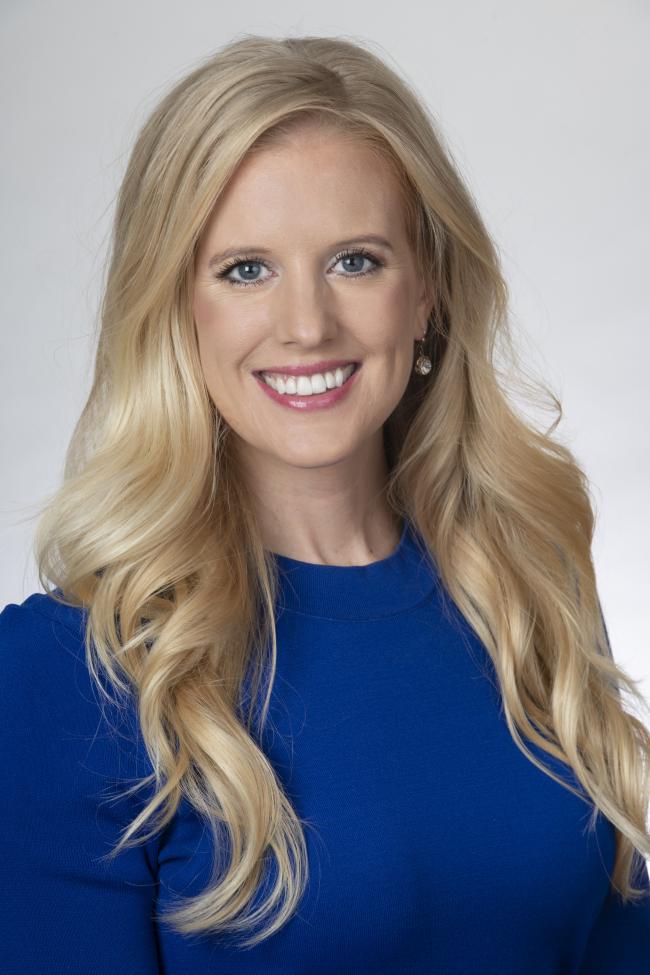 Outside magazine once called Jessica Wahl Turner “the outdoor industry’s secret weapon,” on account of the important legislation she’s helped pass in DC and in statehouses across the country.Photo credit: Courtesy Jessica Wahl Turner
Outside magazine once called Jessica Wahl Turner “the outdoor industry’s secret weapon,” on account of the important legislation she’s helped pass in DC and in statehouses across the country.Photo credit: Courtesy Jessica Wahl Turner
We worked closely with organizers like Turner to pass the Great American Outdoors Act—the landmark law that guarantees full and dedicated funding for the Land and Water Conservation Fund and allocates more than $9 billion to fix the maintenance backlog on federal land. And now, as American families grapple with widening economic disparities supercharged by the “COVID recession,” Turner’s group is one of nearly 300 backing The Trust for Public Land’s push for the Parks, Jobs, and Equity Act. This critical legislation could save 100,000 at-risk seasonal jobs or create 8,000 new ones, while generating $1.37 billion in economic activity.
We sat down with Turner to talk about the economic benefits of public lands and how our deeply divided nation can find common ground in the Great Outdoors.
Why do you support the Parks, Jobs, and Equity Act?
First of all, investing in local parks just makes people’s lives better. As elected leaders restricted travel this past year because of COVID-19, they also said, “Hey, get outside close to home, use your local parks for exercise, and do your gatherings outdoors where the virus is less transmissible.” But a lot of leaders seemed to ignore the fact that over 100 million people don’t have a park close to home. That disparity is appalling, and this year was a real wake-up call to the fact that the park gap contributes to the health gap.
What data are you using to make the case for this bill?
State and local budgets are in really bad shape because of the economic downturn caused by the pandemic. We saw it during the Great Recession, and we’re seeing it again now: when cities and states have to cut their budgets, parks and recreation are the first things to go—even though parks are key drivers of public health, and they contribute to local businesses and power local economies. Federal stimulus spending on parks could have so many health and economic benefits that can help our society bounce back from COVID-19.
 “When cities and states have to cut their budgets, parks and recreation are the first things to go—even though parks are key drivers of public health, and they contribute to local businesses and power local economies,” Turner says.Photo credit: Chris Bennett
“When cities and states have to cut their budgets, parks and recreation are the first things to go—even though parks are key drivers of public health, and they contribute to local businesses and power local economies,” Turner says.Photo credit: Chris Bennett
Why is it an important time to be investing in parks and public lands?
From oil and gas drilling to coal mining to timber harvesting, the industries that have been the foundation of many rural economies are waning. So rural communities are looking around for what resources they do have: dense forests, big mountains, rivers, lakes, wildlife … the elements that lay the foundation for an economy powered by outdoor recreation.
Can outdoor recreation make up for the decline of these more traditional economic drivers?
Outdoor recreation is a major economic engine in America. It accounts for 2.1 percent of GDP, 3.3 percent of U.S. employees, and 5.2 million jobs—many of which are in the rural communities whose economies are in transition. It contributes $788 billion to the economy, which is more than utilities, mining, or agriculture. That’s not to say that these traditional industries are going to go away overnight—they’re still very important parts of rural economies. But by investing in outdoor recreation, communities can smooth the transition to a new, more sustainable economy.
[Read more: In New England, a town’s future and livelihood grows with its forest.]
What’s behind the push to assign a dollar value to nature?
If it’s your first term in Congress, and you’re weighing spending your constituents’ tax dollars on public lands, especially with so many competing priorities for limited resources, then this data is crucial to your making an informed choice and defending it. Ten years ago, the government didn’t have that data. Outdoor industry and public lands groups worked to change that, so decision makers could have an apples-to-apples way to compare investments in recreation with investments in any other industry, be it oil and gas or manufacturing or whatever. This data has changed the game for public lands and the outdoor industry when it comes to prioritization and policy development.
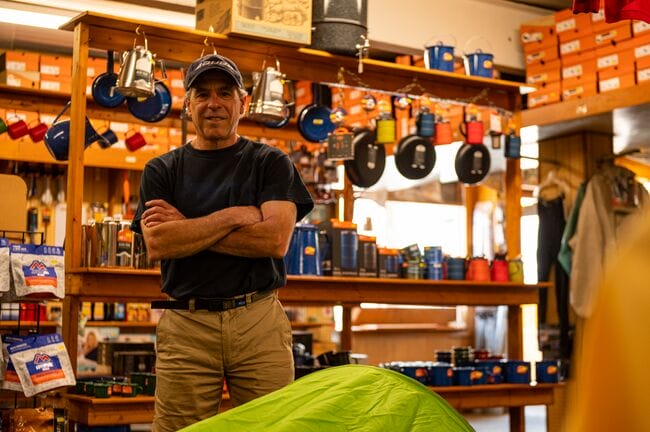 “As far as business is concerned, the more options for people to get out and explore, the better,” says Mike Chabot, the second-generation owner a hardware and outdoor store in Gorham, New Hampshire.Photo credit: Joe Klementovich
“As far as business is concerned, the more options for people to get out and explore, the better,” says Mike Chabot, the second-generation owner a hardware and outdoor store in Gorham, New Hampshire.Photo credit: Joe Klementovich
How does good data inform good policy?
I worked on the substance of the Great American Outdoors Act in one job or another for over a decade before it passed. Once economic data became available, we could finally educate our coalition about how this bill could affect their livelihoods, employees, and local economies. So when the time came for concerted advocacy, thousands of business owners—from a motorcycle manufacturer in Wisconsin to a hiking apparel company in Colorado—could talk in very specific terms to their representatives about how meaningful investment in our public lands benefits their business and their customers.
What about the people who don’t want to work in tourism?
Communities that are making this transition successfully are using the lure of recreation as a recruitment and retention tool for a diversified workforce. We’re not just talking about guides or local retailers that sell outdoor gear. Those are great jobs, but the potential for economic growth doesn’t stop at visitor-facing roles. We’re also talking about the evolution of remote work, and the number of people who are flocking to mountain towns for the access to the outdoors. Between 2010 and 2016, counties with more outdoor recreation opportunities saw faster wage and job growth and attracted more new residents than their counterparts.
Is everyone embracing these changes?
There have been growing pains, and the pandemic has put that into overdrive in some places. Especially in ski towns, housing prices are skyrocketing, and families who’ve lived there for generations are getting priced out. People who’ve lived all their lives in small towns are asking, “Where are all these people coming from? You’ve never paid us any attention before.”
What are some ways to mitigate those growing pains?
Not every place is vying to be the next Moab. Look at Farmington, New Mexico. Their coal plant is closing, so by 2022 they’ll lose 1,800 jobs. These are good-paying jobs that are going away, and so as they retool and retrain, the community has started to home in on the Bureau of Land Management lands in their backyard. They’re working with the agency to improve those places for bikes and ATVs. But beyond recreation access, they’re working to get an ATV manufacturer to relocate to Farmington and make their product right there in town. This multifaceted transition to a recreation economy is being driven by residents, thoughtfully, in a way that’s authentic to that community.
[Read more: Colorado’s newest state park is a source of economic potential for this small town.]
What can state and federal policymakers do to help places like Farmington?
Another thing that Farmington has going for it is New Mexico Senator Martin Heinrich, who’s very supportive of public lands and outdoor recreation, and Axie Navas, the state director of outdoor recreation. New Mexico is one of 18 states that have created this new role in state government. Traditionally, that responsibility rested in a natural resources agency or a parks department. But outdoor recreation crosses so many silos: transportation, labor and workforce development, treasury, and public health, to name a few. The ability to coordinate those sectors within each state—and for state leaders to share information and best practices with each other and with the federal government—has been an important force in thoughtfully expanding outdoor recreation to more people and places in just the past five years.
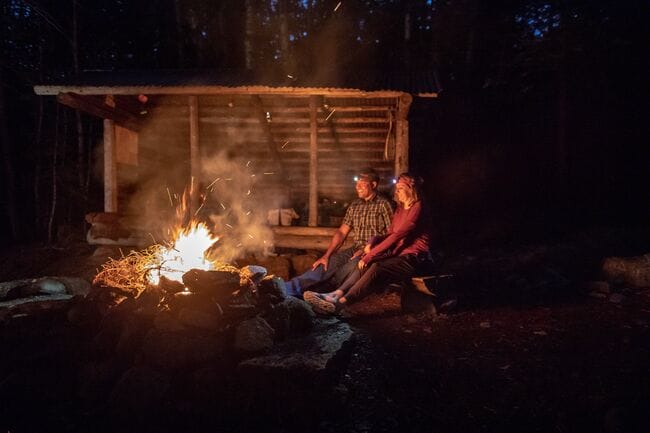 “If the maintenance backlog is eradicated so you’re guaranteed a quality experience on public lands, and we’re opening access to more public lands to users of all kinds, everyone has access to the activities that bring them joy,” Turner says.Photo credit: Chris Bennett
“If the maintenance backlog is eradicated so you’re guaranteed a quality experience on public lands, and we’re opening access to more public lands to users of all kinds, everyone has access to the activities that bring them joy,” Turner says.Photo credit: Chris Bennett
How do you navigate conflicts between public lands user groups?
At the Outdoor Recreation Roundtable, we only work where there’s common ground. And there’s so much. In the business community, we understand that we all need sustainable recreation systems, we all want safe, healthy experiences for customers, and we all value beautiful, accessible places. Even “trailhead conflicts” among user groups are rooted in some kind of agreement: that these are amazing resources, and we love these places and want to spend time here.
Trailhead conflicts are about fighting for your slice of the pie. What if we could make the pie bigger and better? If the maintenance backlog is eradicated so you’re guaranteed a quality experience on public lands, and we’re opening access to more public lands to users of all kinds, everyone has access to the activities that bring them joy. When we invest in public lands and recreation infrastructure, I think we’ll see those fights over the slices of pie diminish.
Pushing for policy change can be grueling. What motivates you?
A decade ago, I was on a public lands policy tour with cabinet members to Los Angeles. I spent the morning in the San Gabriel Mountains and then headed to the beach before a listening session in the afternoon with the cabinet officials to address a group of students who live in downtown Los Angeles. I was chatting with the kids before the members showed up, and to break the ice I asked them, “Which do you like better, the mountains or the beach?” When the students looked at me like I had three heads, I realized very quickly that many had never been to either the mountains or the beach, even though they lived within forty minutes of both. Growing up, I took for granted the fact that my family spent a lot of time outdoors, in state and national parks. But meeting those students made clear for me the amount of work we have left to do to create the equitable access to the outdoors that every kid in this country deserves.
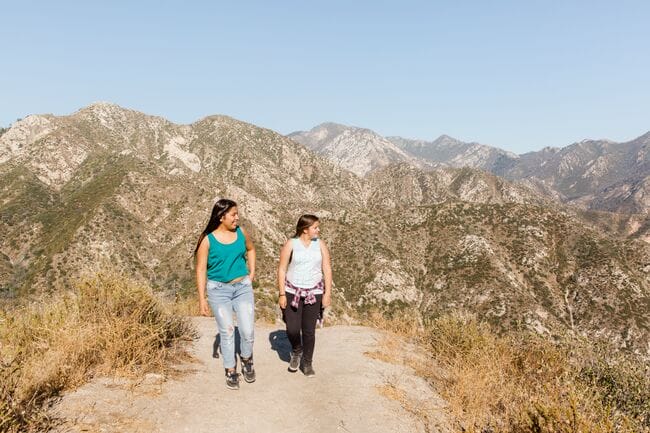 The San Gabriel Mountains are a vast wilderness area on the edge of Los Angeles. But too many kids growing up in the city have never had the opportunity to explore the mountains on their doorstep.Photo credit: Annie Bang
The San Gabriel Mountains are a vast wilderness area on the edge of Los Angeles. But too many kids growing up in the city have never had the opportunity to explore the mountains on their doorstep.Photo credit: Annie Bang
We’re working to bring more parks to more people in more places, and we need all hands on deck. Tell Congress that you’re all in for the outdoors—sign the petition for a $500 million investment in local parks through the Parks, Jobs, and Equity Act.
This raw, beautiful landscape in Southern California is home to Indigenous heritage sites, and it provides critical habitat for threatened and endangered species. Urge President Biden to safeguard this extraordinary landscape today!


Donate to become a member, and you’ll receive a subscription to Land&People magazine, our biannual publication featuring exclusive, inspiring stories about our work connecting everyone to the outdoors.
See how our supporters are helping us connect people to the outdoors across the country.








